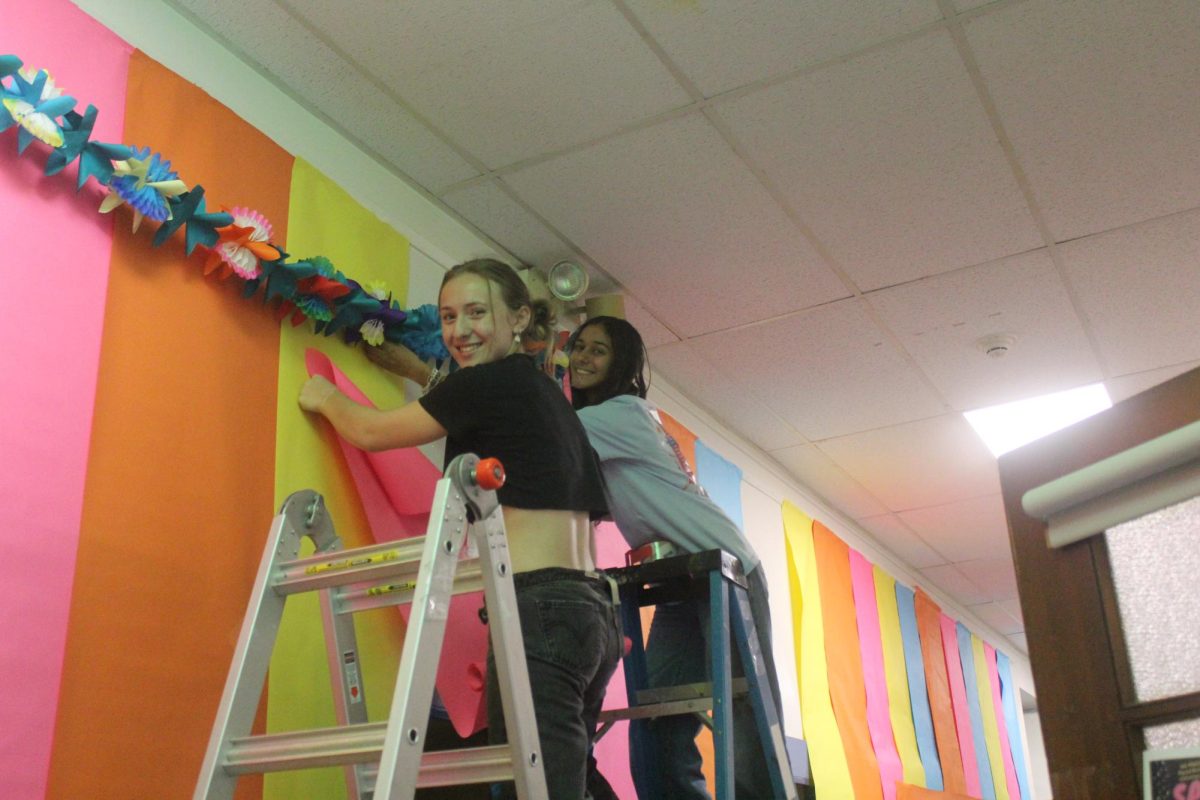
I walked into school one morning and a teacher said to me: “Ah, you are a media and communications intern and the Editor-in-Chief of the paper. Well, is it a paper? I mean, there are print editions, but does that make it a paper if most of it isn’t paper anymore? I’ll just say school media publications.”
I didn’t know how to respond. Is print dead? Is high school journalism dead? As a future journalist, am I going into a dying industry?
I have studied journalism at several institutions, such as Yale Daily News and the University of Southern California Annenberg. I have had long discussions with other student journalists to find out if they believe that our future career of journalism is going away. I still wonder if it is possible that this career could die and I would have to find a new passion.
My grandparents don’t understand why I want to be a journalist. I will make no money and work 24/7, they say. However, I am worried about something far bigger than money. I’m worried that journalism, in paper form, will not exist in ten, even five, years.
There are already signs that the industry that I know is dying.
I started journalism in ninth grade of high school. We distributed print editions and produced blog posts, broadcasts, and newsletters. There was an ongoing joke on the staff that on distribution day, the day we handed out our print edition, we would find half of the copies in the trash, or better yet, the recycling bin. People didn’t want to read the paper, so we took most of our journalism online. Blog posts and virtual editions became the new normal.
The school’s publication began producing more articles on the blog. I thought this was a good idea because when I walk down the hallway, everyone is engrossed in their phones. We began publishing content weekly and created email notifications to alert the community of new posts, but still not many people were reading the full articles. Did anyone want to read an article past the headline and lede?
I came to the conclusion that people have become intolerant to “time takers.” This is anything that requires anyone to stay on one app or website for more than 10 minutes. There are exceptions to this rule, of course, because there are apps like TikTok that change what you are seeing in the app. When it comes to articles, most students don’t have the attention span to read the whole piece.
Broadcast journalism isn’t much different. There isn’t an audience for the broadcast at Moorestown Friends School, because most people don’t know it exists and the others don’t “have time” to watch it. It may be a lack of general interest, but besides that, something needs to change or student journalism will die.
Journalism can’t die. It is key to our community, even if it is underappreciated. Journalism has existed for so long because it is essential. It’s how people get their news, how people hear about what’s going on. How else would news be spread? Publications like WordsWorth and The New York Times share factual information with the world and help to elevate our understanding of the events occurring around us. There is no way for journalists to just disappear.
I believe student journalism will reshape itself; podcasts, Snapchat catch-ups, and anything that shows the news quickly will catch the attention of student audiences. It will evolve into something we probably don’t even know about yet. I don’t know if I am ready to part ways with the print edition or the blog posts, but I’m not sure if there are enough people reading it for that form of journalism to continue.
I don’t think print is dead, but it is definitely dying. Student journalism isn’t dead, but there is not enough interest for it to live much longer. I am not going into a dying industry, but I am going into an industry that is changing daily and I need to stay on my toes.
Students need the news and that will never change. What is changing is the idea that it will still be a typewritten letter that is delivered to the doorstep.





